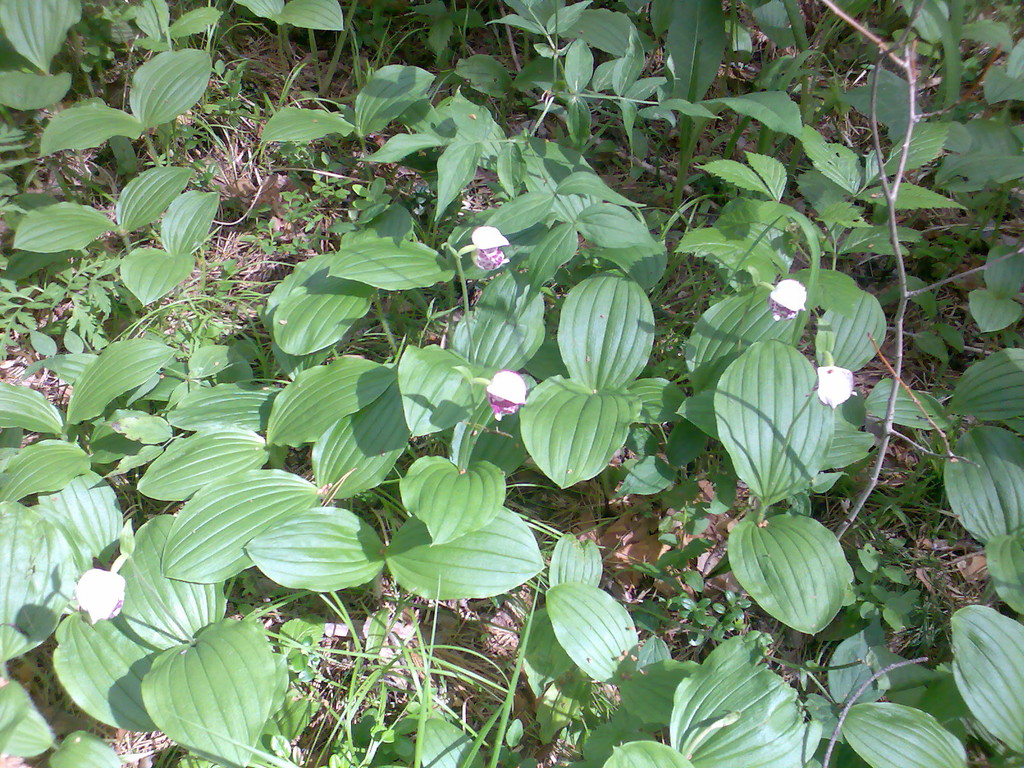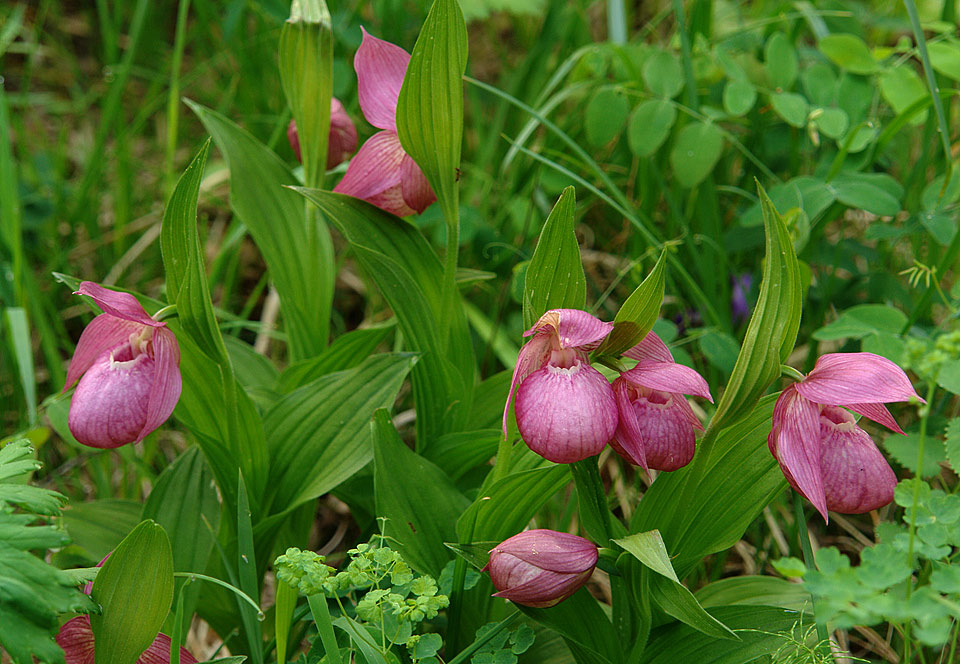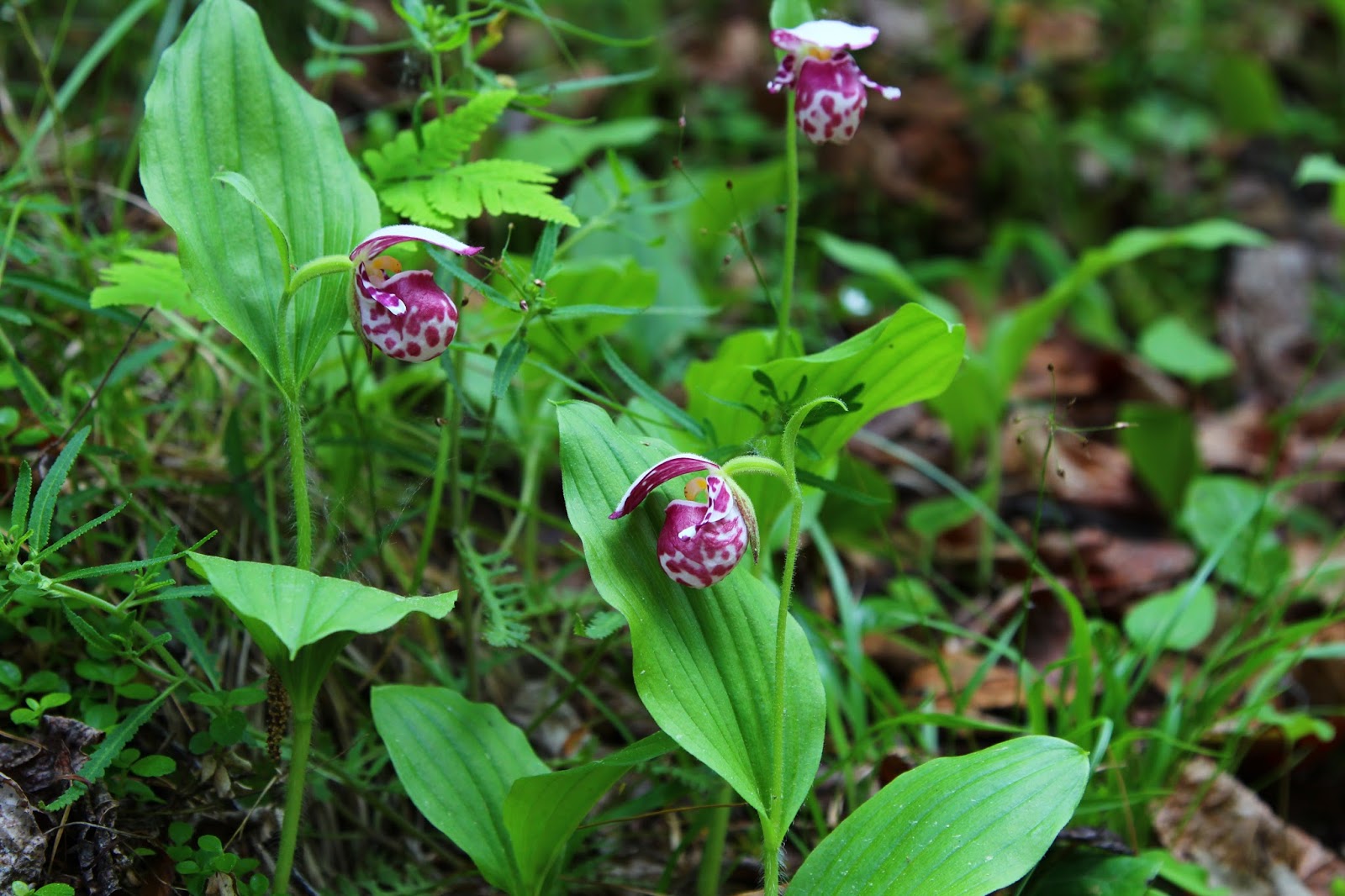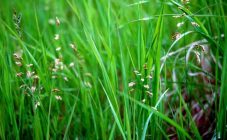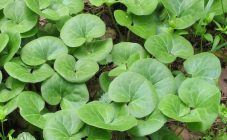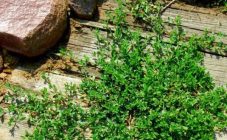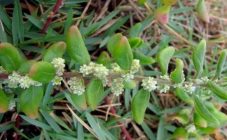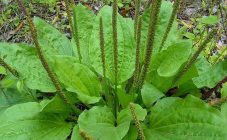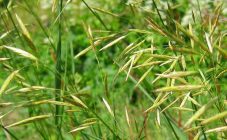Content:
The black grass, better known as the lady's slipper, is one of the most beautiful and unusual plants. It is widespread in the wild, but it can also be cultivated in a cultural environment. To do this, you should follow certain agrotechnical recommendations.
Description
The height of the stems varies from 15 to 60 cm, they are covered with small glands along the entire length. At their base there are sheaths in the form of a thin film, painted in a yellow-brownish color. In the central part of the stems there are 2-4 leaves. The foliage is sessile, pubescent, located alternately. Its shape is elliptical or broadly elliptical, the ends are pointed, the edges are aligned. The width of the leaves varies from 3 to 12 cm, the length ranges from 6 to 20 cm.
Over time, a peduncle up to 40 cm long is formed from each rosette. The inflorescence combines 1-3 flowers. The largest part of the flowers is the lip, most often painted in a rich yellow color with the addition of red dots. The buds are relatively large, in some cases their diameter reaches 12 cm. There are also other color options, in particular, yellow, white, brown, red, green. Their shape is elliptical or obovate. Petals and sepals are brown-red in color. The aroma is pleasant and sweet, but not powerful enough. The fruit of the plant is a capsule.
The culture is widespread in Europe. On this continent, it is not found only in the Far North and southern countries. The plant is especially common in the European part of Russia, the Crimea, the Far East, Sakhalin, and the southern regions of Siberia. You can also find the lady's slipper in Ukraine, in the north and north-east of Kazakhstan, north of China, Mongolia, the Korean Peninsula and on the Rebun island in Japan.
Varieties
The main varieties of the Venus's shoe, in addition to the Venus's shoe, include shoes:
- large-flowered;
- acaulescent;
- tufted;
- snow-white;
- fluffy;
- mountain;
- spotted;
- Californian;
- ram-headed;
- royal;
- small-flowered.
Most of them differ from each other in insignificant external features and characteristics, most often in color. The territories in which plants grow also differ.
The culture prefers sufficiently moist, not swampy soils, but it also grows on relatively dry soils. Usually cultivated on alkaline and neutral soils, which contain a sufficient amount of humus.
Black grass reproduces both by seed and vegetative means. The second method involves the division of the rhizome, which is carried out from late summer to mid-autumn. A certain part is separated from the root, on which several daughter buds should be located. Delenki are embedded at a shallow depth into the substrate and sprinkled with a small amount of earth. In this state, the orchid is left for the winter. To protect them from cold weather, the plants are covered with dried foliage or foam. With the onset of spring, new shoots will begin to form from the separated parts.
Herb lady's slipper: application
The foliage of the plant contains up to 280 mg of vitamin C (ascorbic acid). Other beneficial ingredients found in black grass include:
- vitamins A, B1, B2, P;
- organic acids;
- resinous substances;
- trace elements;
- essential oil;
- calcium;
- iron;
- strontium;
- cobalt;
- flavonoids;
- potassium;
- magnesium;
- titanium;
- manganese, etc.
The lady's slipper is known for its medicinal properties. In particular, the hypotensive property is widely appreciated, which makes it possible to use it in the fight against headache and insomnia.
For headache, it is usually sufficient to apply freshly plucked foliage to the head. An infusion is also prepared on the basis of herb, which has a laxative and diuretic effect. For this, 1 tsp. Finely chopped plant material of black grass is dissolved in a glass with boiled water and left for 2 hours to infuse. After that, the product is ready for use. It is taken 4-6 times a day, one spoonful. This remedy is also good for heavy menstrual flow and uterine bleeding.
Another variant of the beneficial black herb remedy is used for sedative purposes, as well as to fight insomnia and epilepsy. 1 tsp The dried foliage of the Venus shoe is poured into a thermos, to which 200 ml of boiling water was previously added. After each meal, take no more than 1 tablespoon of the resulting drug.
The plant is characterized by the presence of contraindications. So, it should not be consumed during pregnancy and during breastfeeding. Do not give herbal preparations based on it to a child. It is allowed to take drugs based on this plant only with the permission of a doctor and under his strict control.
Diseases and pests
Plantations are often affected by fungal diseases, which are usually caused by errors in cultivation. For their treatment, it is necessary to use such biological products as:
- trichodermin;
- phytosporin;
- alirin-B, etc.
The most dangerous pests for plants are:
- spider mite;
- scabbards;
- snails;
- mealy worm;
- aphid;
- slugs, etc.
The fight against them also involves the use of biological drugs, in particular, such as:
- verticillin;
- bitoxibacillin;
- Bona Forte, etc.
Procurement and storage
Harvesting of plant materials begins in late spring - early summer. The foliage is carefully cut from the mother plant and washed thoroughly, after which it is sent to dry. To do this, the leaves are evenly laid out on the surface of a mesh or gauze in a thin layer in a sufficiently ventilated room. Storage is carried out in a warm and dry place. Before you start preparing medicines, you need to chop the foliage.
Growing a Venus shoe is not difficult. Plants can delight gardeners and summer residents with a pleasant appearance. If desired, effective drugs can be prepared on their basis.
